The word ‘Powerplay’ has been a popular catch-phrase since it has been introduced in the cricket community. Be it T20Is or ODIs, the rules of powerplay have made the game more intriguing. Apart from the fact that powerplay rules have improved the cricket gameplay, it still can be tough for people to contemplate. This is particularly because there have been so many modifications of rules. Although, it can be understood by acknowledging some of the common and basic rules of fielding.
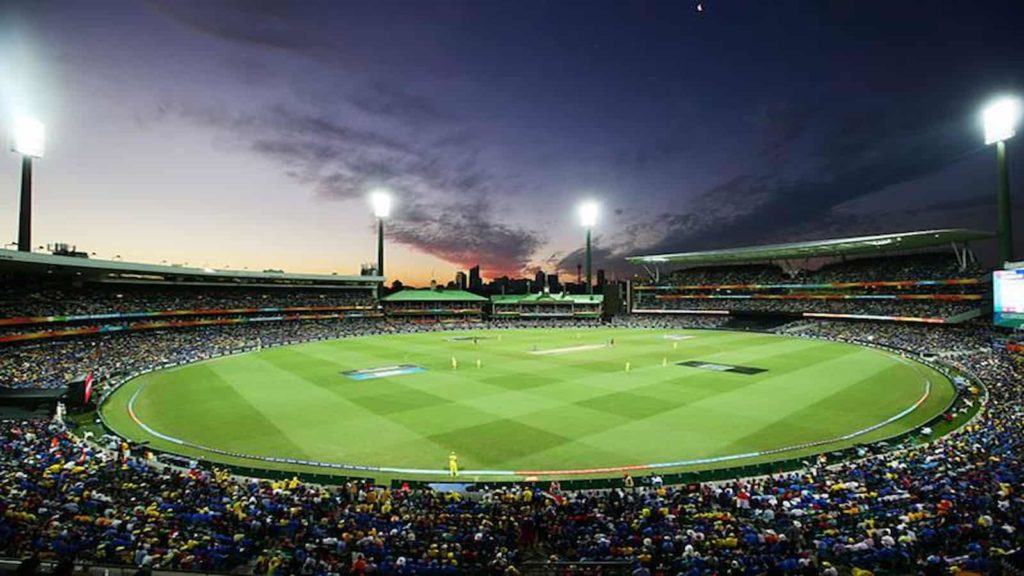
Powerplay is basically the restrictions set on the placement of fielders during fielding in limited over games. During a powerplay over, only two fielders are allowed outside the 30-yard circle for the first ten overs in ODI matches. And in T20I matches it is applicable for the first six overs . This rule has been a great contribution in players scoring big runs (300+) in limited over games. During the 1980s, the most familiar rule was only two fielders were allowed outside the circle in the first fifteen overs. As for the remaining overs, five fielders were allowed outside the circle.
What Is A 30-Yard Circle?
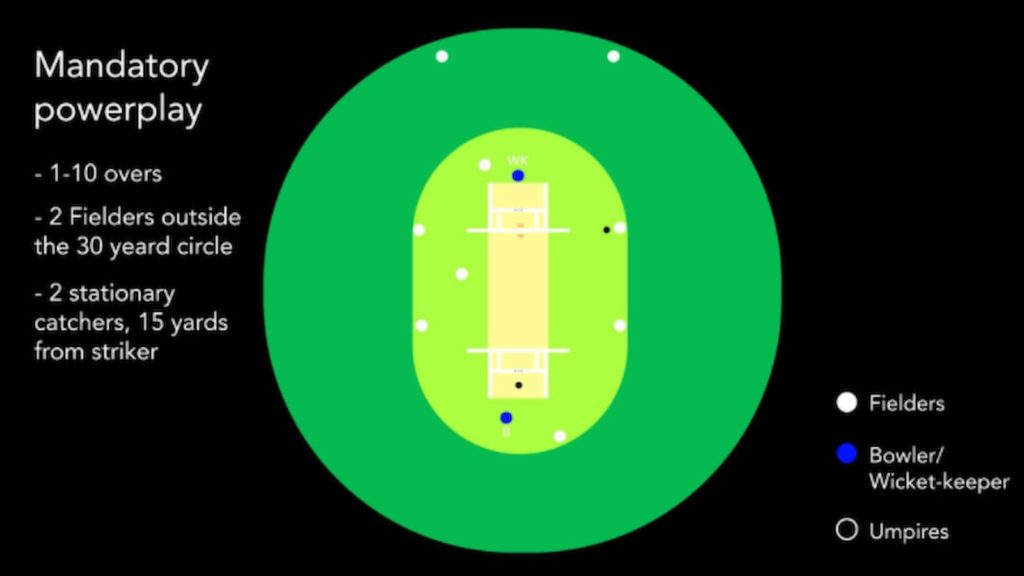
A 30-Yard circle is an imaginary circle on a cricket field. It sways the fielding restrictions in the powerplay overs in limited over games. It is an oval traced by drawing a semi-circle of 30 yards (27.4 m) radius from the midpoint of each wicket with reference to the breadth of the pitch and fusing them with lines parallel 30 yards (27.4 m) to the length of the pitch.
The 15-Yard circle, also known as the close-infield defines the players in catching position.
Instigation Of Powerplay in International Cricket (2005):
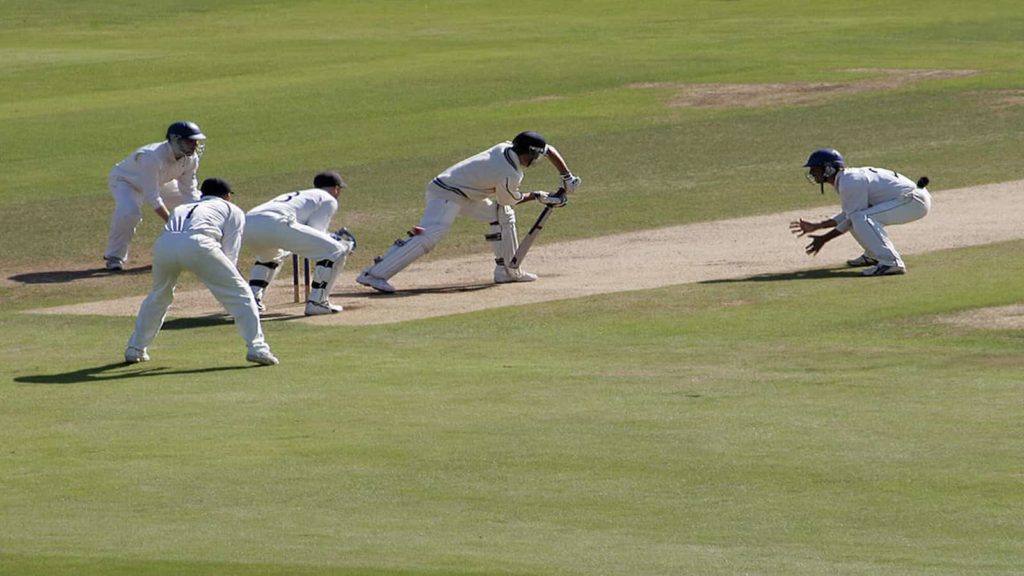
The restrictions on the field have been implied in cricket gameplay since 1996. Although the International Cricket Council (ICC) introduced the specific term ‘powerplay’ in 2005. The introduction of these rules split the fielding restrictions in three parts: the mandatory powerplay i.e., the first 10 overs of the innings, and the two five-over powerplays. The bowling team decided the timings of the two 5 over powerplays themselves. Though in 2008, the batting team was given the choice of deciding the time of one of the two overs.
- On 1st October, 2011, ICC initiated some changes in the batting and bowling department of powerplay rules. In ODIs, neither of the both powerplays could be taken before the start of 16th over. Although, both must be wrapped up before the inception of the 41st over.
- Furthermore, ICC made more changes in the powerplay rules. On 29th October, 2012, ICC reduced the number of blocks of powerplay from three to two.
- From 5th of July, 2015, ICC made the whole innings a combination of a total of three powerplays, withdrawing the previously introduced batting powerplay. Also, the restriction of two catching fielders in the first powerplay was also relaxed.
Rules of Powerplay:
In accordance with the latest powerplay rules included in the ICC Playing Handbook,
In ODI Cricket:
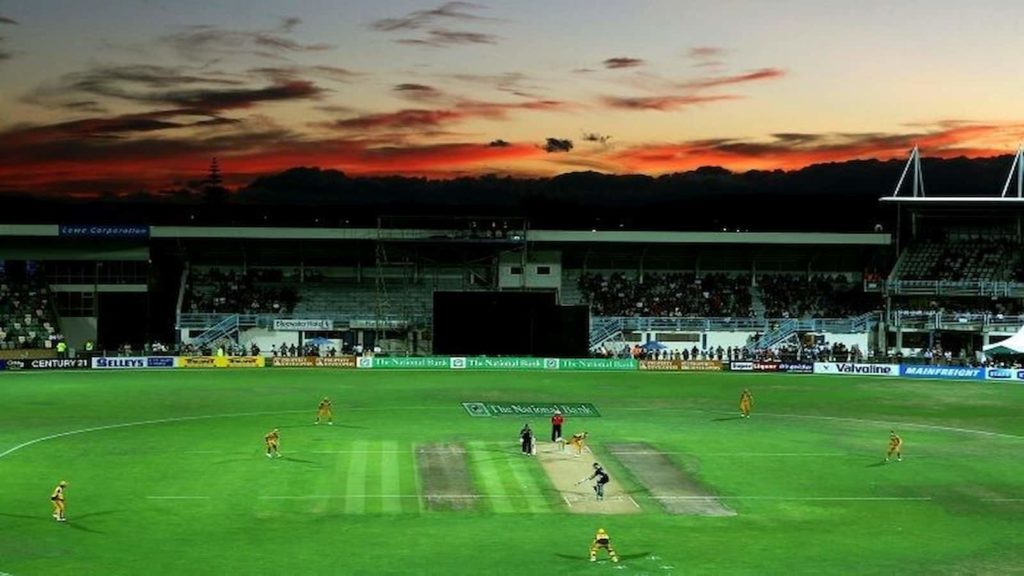
- Compulsory Powerplay (First 10 overs): In a limited 50-overs match, a maximum of two players are allowed outside the 30-yards circle for the first 10 overs of the innings. This is known as 1st Powerplay or P1.
- Between 11th and 40th over: A maximum of four fielders are allowed from 11th to 40th over of the innings outside the 30-yard circle. This is also called P2.
- The final 10 overs (41th to 50th): In the last 10 overs of the innings, five fielders are allowed to field outside the 30-yard circle. This is also known as P3.
Also read: 5 Highest Scores In Powerplay In IPL History
In T20I cricket:
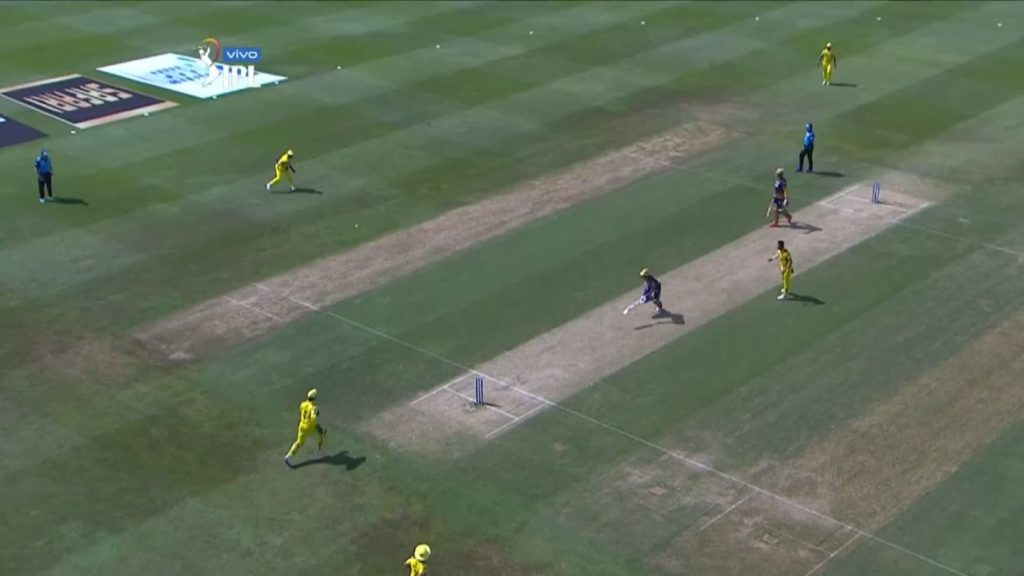
As compared to the rules of powerplay in ODIs, the T20i rules are a bit uncomplicated. It is also fairly easy for the people to understand.
- 1st to 6th over: The first 6 overs of an innings is mandatory powerplay and only two players are allowed outside the 30-yard circle.
- Beginning of 7th over: A maximum of five players are allowed to field from the 7th to 20th over of an innings.
- Leg side rule: No more than 5 players are allowed on the leg side at any point of time throughout the match.
There are no changes in these rules and are the same for World Cup as they are for ODIs. Similarly, the rules are the same for IPL as they are for T20Is.
Thank you for reading it. Leave us a comment if you liked it.
Do follow us on: Google News | Facebook | Instagram | Twitter | Youtube | LinkedIn
Have a good day ahead 🙂

